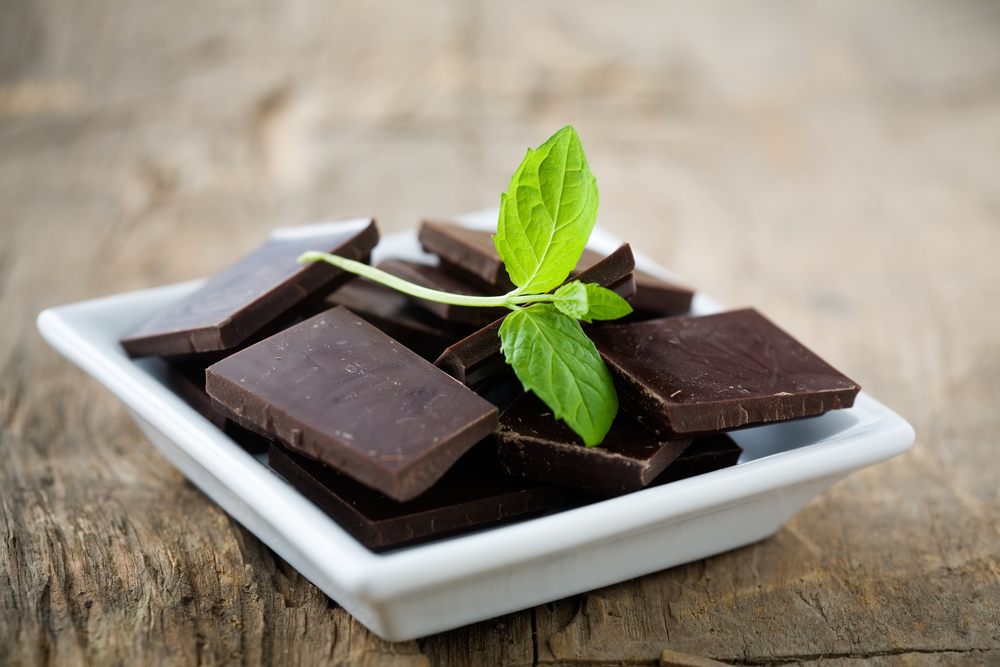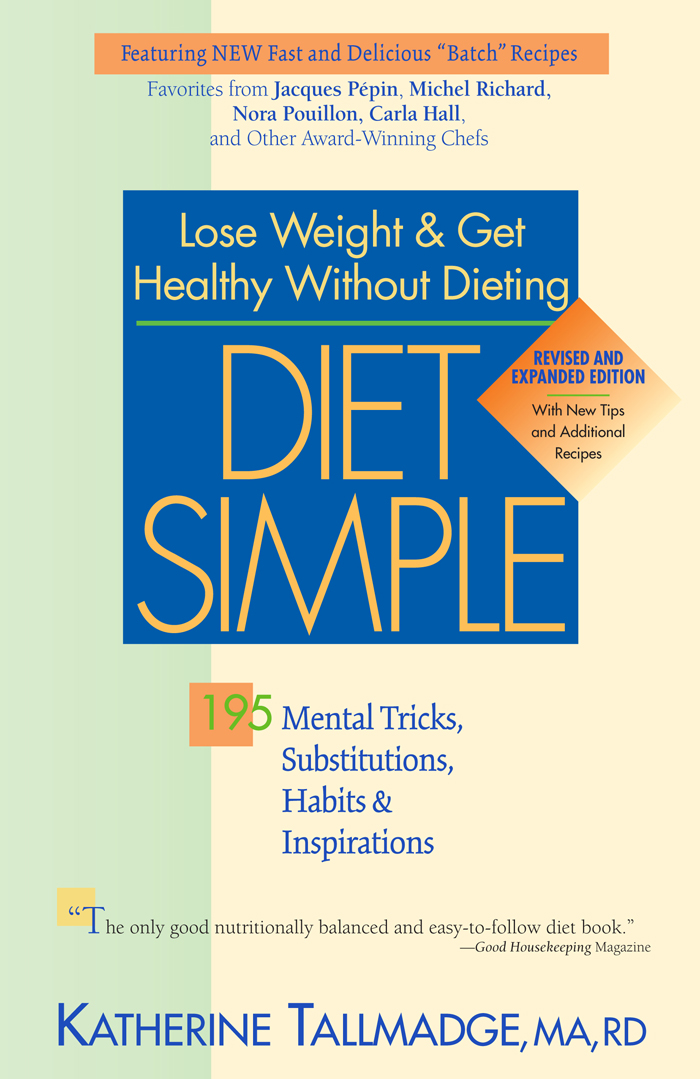A Chocolate a Day? (Op-Ed)


Katherine Tallmadge, M.A., R.D., is a registered dietitian, noted motivational and wellness speaker, author of "Diet Simple: 195 Mental Tricks, Substitutions, Habits & Inspirations" (LifeLine Press, 2011) and a frequent national commentator on nutrition topics. This Op-Ed was adapted from an article in the Washington Post. Tallmadge contributed this article to Live Science's Expert Voices: Op-Ed & Insights.
Is it true that a chocolate a day will keep the doctor away? That's what many chocolate companies would like you to believe in their Valentine's Day advertisements. While studies have shown that cocoa provides many positive health effects, the chocolates you buy from your local stores may not impart those benefits.
The cacao bean, grown mainly in Latin America, Africa and Asia, is loaded with beneficial compounds. In fact, its early uses, dating back 3,000 years, were mainly medicinal. Treatments have included curing fatigue, angina, constipation, dental problems (tartar removal), dysentery, gout, an "overheated" heart, skin eruptions, fevers and seizures. [The Dawn of Chocolate Discovered]
A rich history
One doctor in the 1500s found cacao made people "extraordinarily fat" if used frequently and so it was prescribed for the thin and weak, according to an article in The Journal of Nutrition. It has been highly prized for centuries, which is reflected in its scientific name, Theobroma cacao, meaning "Food of the Gods."
Eurpoeans discovered cocoa in the 1500s and over the next few centuries, chocolate, which we know and love so well, was born. In this century, chocolate (processed cocoa with added fat, often milk, and sugar) has been enjoyed for its melt-in-your mouth texture and flavor, with its health-giving properties largely forgotten by the civilized world — until recently.
In 1997, Harvard professor Norman Hollenberg published a landmark epidemiological study focused on cocoa. He found that high blood pressure was a rarity among Panama's Kuna Indians who also didn't experience the otherwise typical age-related blood-pressure increases prevalent in other cultures. He at first attributed it to genetic protection. But, when Kunas migrated to Panama City, their blood pressure increased, pointing to an environmental cause. Upon examination, Hollenberg found the Kunas outside of cities drank large amounts of indigenous, unprocessed cocoa. Subsequent experiments Hollenberg and others conducted have found that cocoa, if high in flavanols — the beneficial plant compounds scientists believe impart most of cocoa's benefits — relaxes the blood vessels, an important protection against hypertension and heart disease.
Get the world’s most fascinating discoveries delivered straight to your inbox.
The growth of chocolate research
Since Hollenberg's studies, cocoa research has intensified, mainly due to the largesse of companies like Mars, Inc., most famous for Milky Way bars and M&Ms. What's striking is that candy companies, such as Mars and Nestle's, have hired respected nutrition scientists and have been largely responsible for the advancement of cocoa research. Mars has collaborated with such institutions as Harvard, the University of California at Davis, and even the United States Department of Agriculture's Agricultural Research Service. Through their research and others, scientists have made many interesting discoveries about cocoa's health benefits.
The flavanols in cocoa help people maintain a healthy vascular system, relax blood vessels, reduce blood clotting (an aspirin-like affect), reduce oxidative damage and improve blood flow. A study in the American Journal of Clinical Nutrition found cocoa also reduces inflammation. All of which reduces heart disease risk.
There has been some suggestion that flavanols can be used to treat vascular diseases like dementia, preeclampsia in pregnant women, and anything related to blood flow. Emerging research is looking into cancer affects, as well.
But what about that chocolate bar in your vending machine? Are there any health benefits there? The answer: probably not many.
Most research about chocolate's health benefits have used unsweetened cocoa or specially formulated high-flavanol chocolate. Unfortunately, these compounds are rarely in the chocolate we eat in 21st-century America. Flavanols impart a bitter taste, so they've been removed from most commercial products to improve their flavor.
Most of the flavanols are in the cocoa beans, and the level decreases with each processing step when the food goes from the bean, to the cocoa powder and ultimately a finished chocolate product.
Since flavanols and their health benefits are a new discovery, chocolate companies are just beginning to see if there are ways to keep flavanols consistently high, while maintaining a tasty, popular product.
Katherine's Chocolate for Health Tips:
If you're eating chocolate for health benefits, you'll need to be very discriminating in your selections.
First, you'll get more flavanols, and therefore health benefits, with less processing. The first choice is cocoa, which isn't Dutch processed. When cocoa is "Dutch processed with alkali" the flavanols are reduced.
Second, look for chocolate which has the highest percentage of cocoa possible, and to save calories, look for chocolate with lower fat and sugar levels. In general, cocoa is your best first choice. Second choice is a semisweet or bittersweet chocolate with a high cocoa percentage. Some chocolates go as high as 85 percent cocoa, but legally can be as low as 35 percent. I recommend no more than an ounce a day, which may be about 110 to 150 calories, depending on the chocolate. Any more than that and you're probably going to take in too many calories for weight control.
The numbers:
Type of Chocolate Mg Flavonols Calories 1.3 oz Dark Chocolate Bars, Average*: 82 mg 187
1.3 oz Milk Chocolate Bars, Average*: 42 mg 198
1 TBSP Unsweetened Cocoa Powder, Average*: 75 mg 12
*USDA's Nutrient Data Laboratory
Recipe
Katherine's Hot Cocoa
1 tsp unsweetened cocoa 1 tsp honey 1 cup Skim Milk or 1% Milk or Soy Milk
Heat in microwave for 2 to 3 minutes, and stir to blend the chocolate. Contains approximately 25 mg flavanols and 115 calories (zero saturated fat) if skim or soy milk used.
Tallmadge's most recent Op-Ed was "7 Simple Steps for a Post-Holiday Health Detox" and her additional contributions are available on her profile page. Thie Op-Ed was adapted from one that appeared in the Washington Post. Her latest book is "Diet Simple Farm to Table Recipes: 50 New Reasons to Cook In Season." You can follow Tallmadge on Facebook, Twitter @KETallmadge and on YouTube. The views expressed are those of the author and do not necessarily reflect the views of the publisher. This version of the article was originally published on Live Science.





